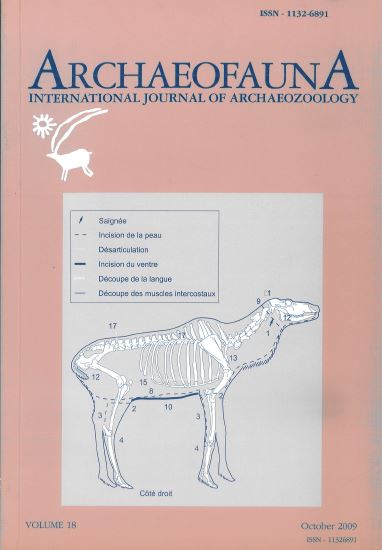The Application of Discriminant Function Analysis to Archaeological Dog Remains as an Aid to the Elucidation of Possible Affinities with Modern Breeds
Keywords:
Zooarchaeology, Osteometry, Morphology, Dog type, Modern Dog breed, Medieval, Post Medieval, Discriminant function analysisAbstract
The zooarchaeological analyses of dog remains are usually confined to estimating shoulder height and suggesting head shape. In some reports, references are made to modern breeds based on these and the visual appearance of the dog remains, e.g. ‘collie-like’. However, the modern definition of dog breeds has also caused many workers to avoid using the modern dog measurements in comparative analysis. This paper demonstrates the use of discriminant function analysis in comparing similarities of dog crania and mandibles from three British late medieval to post medieval sites with modern dog breeds, providing an indication of the type of dog. By using these results in conjunction with historical evidence it is possible to suggest the appearance and size of these animals in addition to possible behavioural traits that may have been exploited in the past as they are today.

